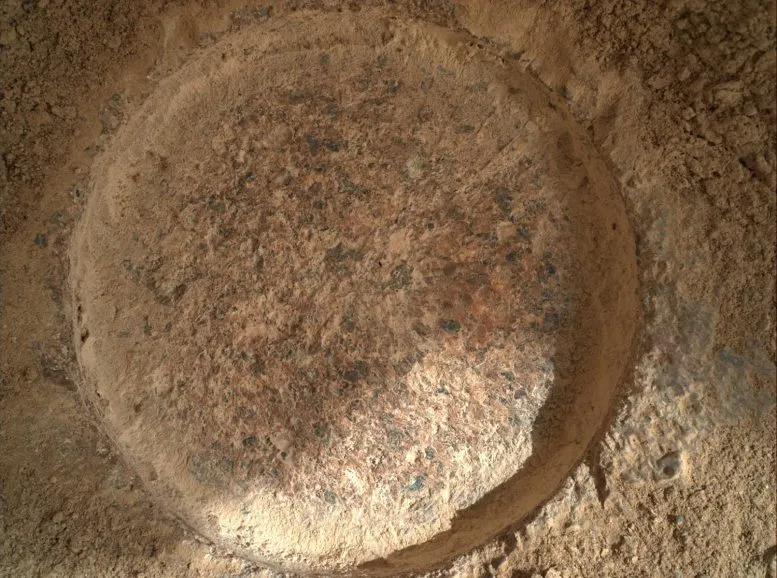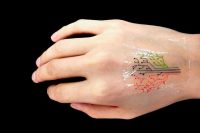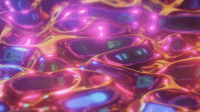It wasn’t an easy start, as the first few rocks that were assessed either fractured too easily or had surfaces that were too rough to safely place the drill. What the team needed was a rock that met the following criteria:
- scientifically interesting,
- a manageable amount of surface topography,
- large enough to fit an abrasion and two cores, and
- predicted to be robust to drilling.
The best candidate was a rock called Skinner Ridge.

Mars Perseverance Sol 482: WATSON Camera: The abraded patch Thornton Gap. Note the visible clasts in the rock. Credit: NASA/JPL-Caltech
The first activity the rover conducted on this rock was an abrasion called Thornton Gap, and immediately the team became excited. The abrasion was very successful, exposing the inner surface of the rock without fracturing the surrounding area. Furthermore, it revealed that this rock contained individual clasts with clear boundaries. Perseverance’s full instrument suite was used to investigate and document the abraded patch, then it was time to core.
The first activity the rover conducted on this rock was an abrasion called Thornton Gap, and immediately the team became excited. The abrasion was very successful, exposing the inner surface of the rock without fracturing the surrounding area. Furthermore, it revealed that this rock contained individual clasts with clear boundaries. Perseverance’s full instrument suite was used to investigate and document the abraded patch, then it was time to core.

Mars Perseverance Sol 490 – Left Navigation Camera: The abraded patch and coring borehole on the rock Skinner Ridge. Credit: NASA/JPL-Caltech
It turned out to be a fantastic choice. Collecting the core went very smoothly, and it was named Swift Run. At 6.70 cm (2.6 inches) long, it is our longest core of the mission so far. Perhaps even more exciting was to see that those same clasts visible in the abraded patch were also visible in the core. The drill data showed that the rock was one of the softer ones we have cored so far. It only required low levels of percussion to make progress through the rock, occasionally turning off percussion altogether when rotary-only drilling was sufficient.

Mars Perseverance Sol 490 – Right Mastcam-Z Camera: The Swift Run core inside the coring bit. Credit: NASA/JPL-Caltech/ASU
One last note for anyone wondering where these names come from. The Perseverance mission names areas after different national parks on Earth. Rocks, abrasions, and cores are given names related to the current area. The rover is currently in the Shenandoah quadrangle, named for the U.S. National Park in Virginia. Skinner Ridge, Thornton Gap, and Swift Run are all features in Shenandoah.



GIPHY App Key not set. Please check settings